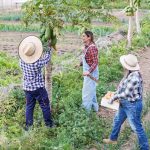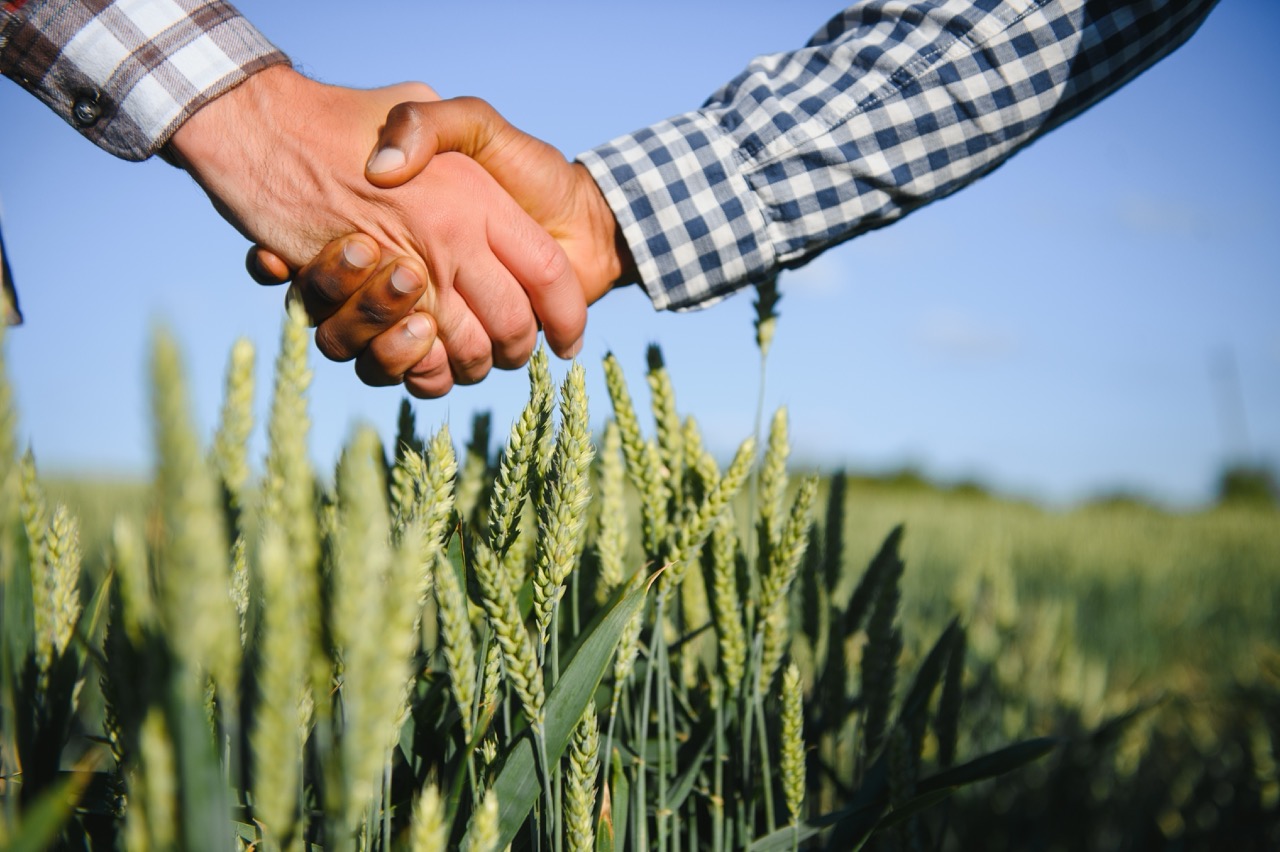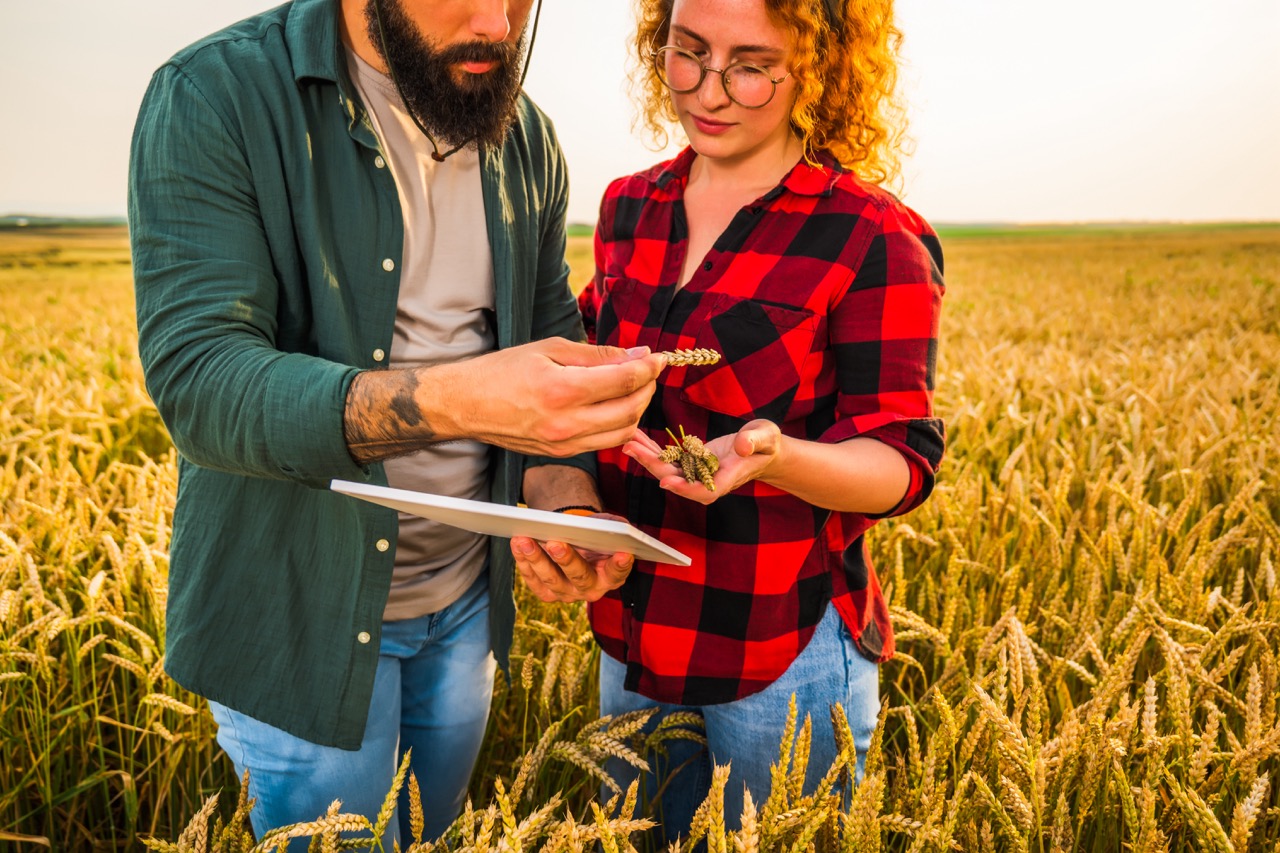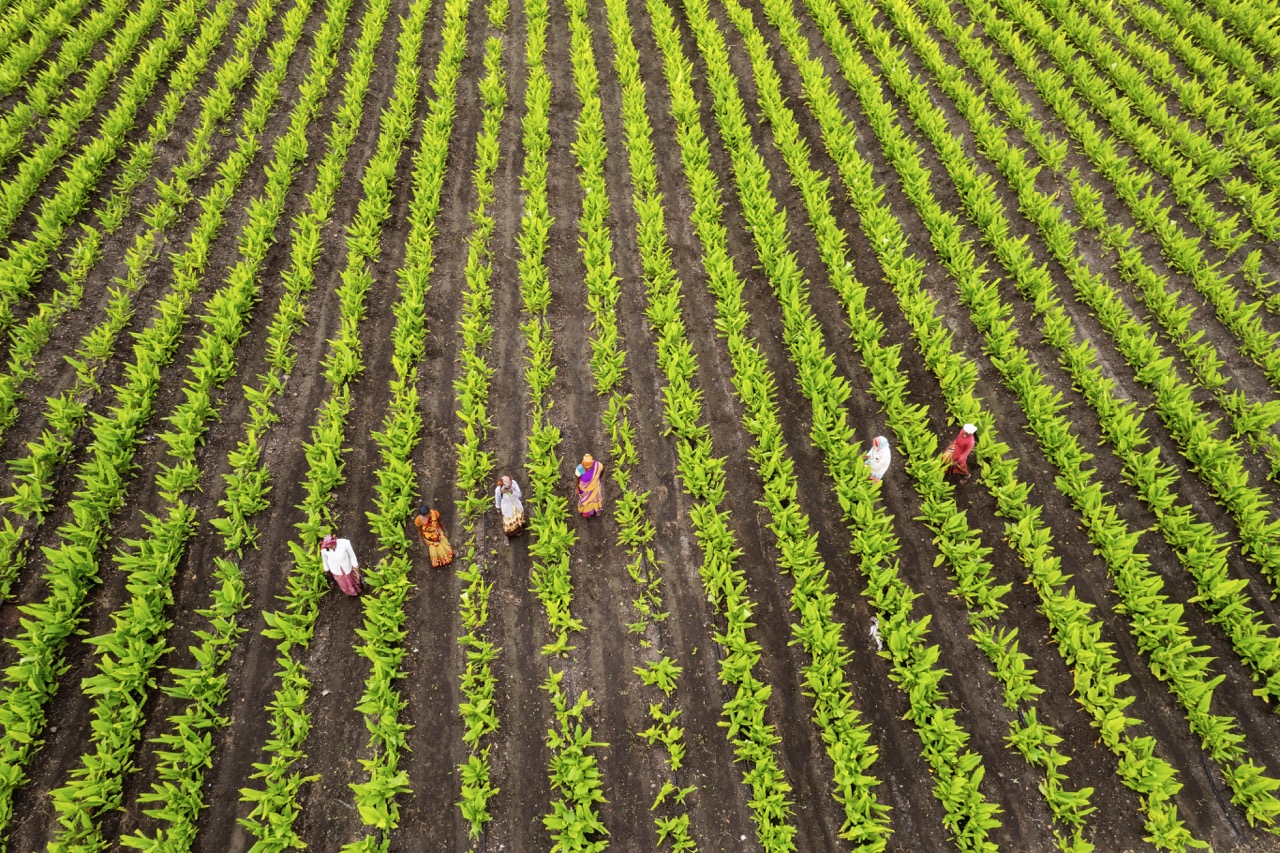Sharecropping, a system that emerged in the United States during the post-Civil War era, has long been a topic of debate and analysis. Initially developed as a means to provide former slaves with land to cultivate, sharecropping turned into a complex relationship between landowners and farmers. While often criticized for its exploitative nature, it also fostered a sense of community among sharecroppers, leading to the formation of strong agricultural networks. This article delves into the legacy of sharecropping from a community perspective, examines the importance of connecting farmers, discusses the collaborative efforts needed to overcome agricultural challenges, and explores how sharecropping can contribute to sustainable futures today.
The Legacy of Sharecropping: A Community Perspective
The legacy of sharecropping is multifaceted, with significant implications for community development among agrarian populations. Initially, sharecropping offered a semblance of autonomy to formerly enslaved individuals, allowing them to cultivate land and share the produce with landowners. This arrangement not only provided a livelihood but also laid the groundwork for social structures and networks that would extend beyond farming. Despite the systemic inequalities inherent in the system, sharecropping fostered a sense of belonging and mutual aid among participants, as they navigated the challenges of land cultivation and economic survival together.
Moreover, the sharecropping model encouraged a collective identity among farmers, as they often relied on each other for support in times of hardship. The community aspect was particularly evident in rural areas where farmers would gather to share resources, exchange knowledge, and collectively bargain for better terms with landowners. These networks often evolved into cooperatives, allowing farmers to pool their resources and increase their bargaining power. The shared experience of navigating the ups and downs of agricultural life helped to create resilient communities that could adapt to changing economic conditions.
However, the enduring legacy of sharecropping also includes the recognition of the systemic barriers that marginalized communities faced. Racial and economic disparities shaped the sharecropping experience, and the resulting community structures often reflected these inequalities. Despite these challenges, the sense of community remained a vital component of the sharecropping legacy, serving as a foundation for future agricultural initiatives aimed at promoting equity and sustainability in farming.
Connecting Farmers: The Importance of Strong Networks
Strong networks among farmers are crucial for the sustainability and resilience of agricultural communities. Historically, sharecroppers relied on connections with one another to navigate the complexities of farming, from securing resources to sharing knowledge about crop cycles and pest management. In today’s fast-paced agricultural landscape, these connections continue to hold immense value. Modern farmers can benefit from collaborative networks that provide access to essential resources such as tools, technology, and funding, helping them to remain competitive in a global market.
Additionally, these networks facilitate the exchange of best practices and innovation among farmers. Collaborative efforts can lead to improved farming techniques and crop diversity, which are essential for addressing challenges such as climate change and soil depletion. By fostering strong relationships, farmers can share insights on sustainable practices, pest control, and market trends, ultimately enhancing the productivity and profitability of their farms. Organizations and cooperatives that focus on building these connections play a pivotal role in strengthening agricultural communities.
Moreover, strong networks can help farmers gain collective visibility in policy discussions and advocacy efforts. By uniting their voices, farmers can influence legislation and promote policies that protect their interests and the environments in which they operate. These collaborative efforts can lead to a more equitable agricultural system that benefits both producers and consumers, ensuring that the lessons learned from sharecropping’s community-focused legacy are carried forward into contemporary agricultural practices.
Overcoming Challenges: Collaboration in Agriculture
The agricultural sector faces numerous challenges, including climate change, market volatility, and resource scarcity. To address these issues effectively, collaboration among farmers is essential. Sharecropping historically highlighted the importance of mutual support, as farmers often relied on each other to share resources and knowledge. This spirit of cooperation is increasingly relevant today, as farmers grapple with the complexities of modern farming practices and the pressing need for sustainable solutions.
Collaborative models, such as farmer cooperatives and community-supported agriculture (CSA), have emerged as effective means of overcoming these challenges. By pooling their resources, farmers can invest in sustainable technologies, share equipment, and access larger markets together. This collaborative approach not only reduces individual financial burdens but also enhances the resilience of farming communities against external pressures. Farmers who work together can also develop strategies to mitigate the impacts of climate change, such as diversifying crops and implementing water conservation techniques.
Furthermore, partnerships with local organizations and government agencies can bolster these collaborative efforts. Programs that promote training and education for farmers on sustainable practices can help to build strong networks that are equipped to face contemporary challenges. By fostering a culture of collaboration and innovation, the agricultural community can create a more sustainable future that honors the lessons learned from the sharecropping legacy while addressing the realities of modern farming.
Building Sustainable Futures: Sharecropping Today
Today, the concept of sharecropping continues to evolve as communities seek sustainable agricultural practices that reflect both historical context and modern needs. While traditional sharecropping arrangements may have diminished, the ethos of sharing resources, knowledge, and responsibilities remains vital. This modern iteration involves creating equitable partnerships between landowners and farmers, ensuring that all parties benefit from the agricultural process.
Innovative models, such as land trusts and community farming initiatives, are breathing new life into the principles of sharecropping. These initiatives aim to provide access to land for marginalized farmers, allowing them to cultivate and innovate within their communities. By fostering a sense of ownership and stewardship, these networks can contribute to food security and economic stability while also preserving local agricultural practices that have been passed down through generations.
As society increasingly recognizes the value of sustainable agriculture, the lessons learned from the sharecropping experience can help inform future practices. Building strong, equitable networks among farmers not only honors the historical significance of sharecropping but also promotes a vision for a more inclusive and resilient agricultural future. By embracing collaboration and community, modern farming can thrive while addressing the challenges of today and tomorrow.
The narrative of sharecropping, often seen through a critical lens, also offers a wealth of knowledge about community, collaboration, and resilience. As farmers today face unprecedented challenges in a rapidly changing world, looking back at the lessons of sharecropping can guide us toward building sustainable futures. By fostering strong networks, embracing collaboration, and creating equitable partnerships, we can ensure that the agricultural landscape remains vibrant and resilient for generations to come. The enduring spirit of community that characterized sharecropping can serve as a blueprint for innovation and sustainability in modern agriculture.










